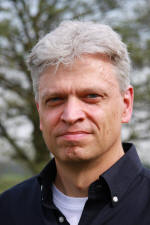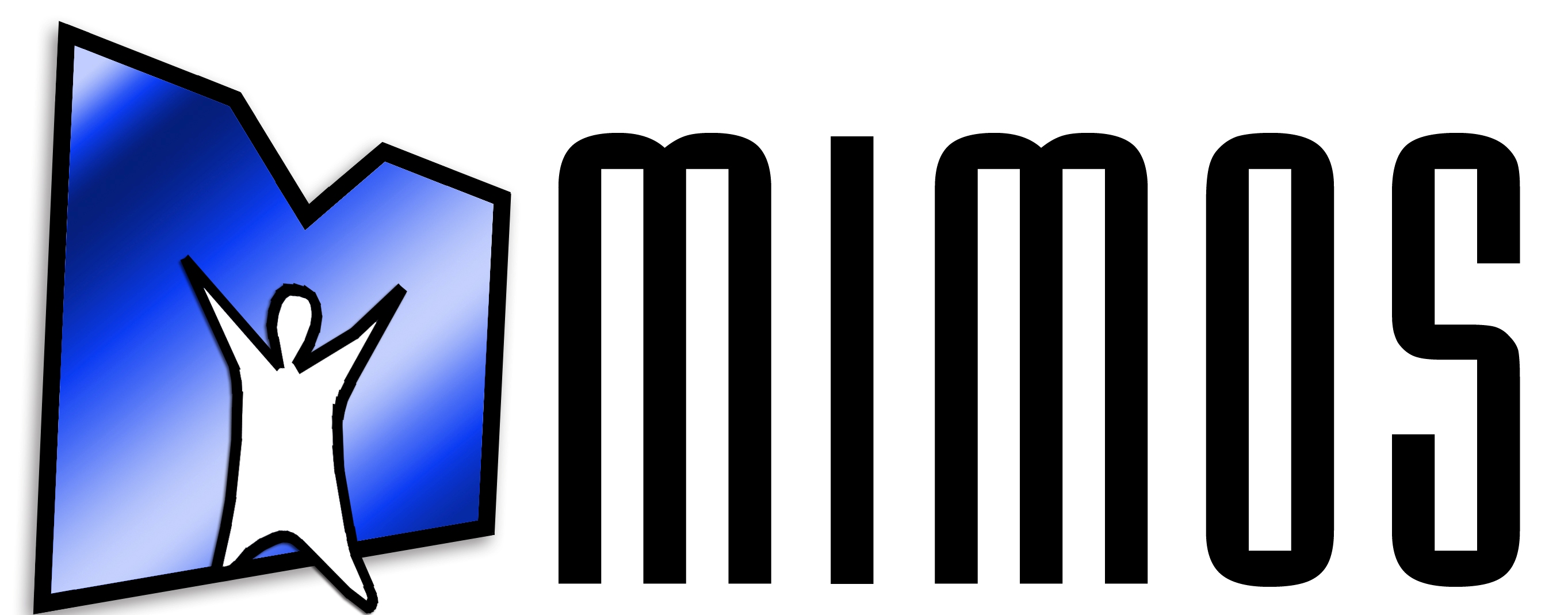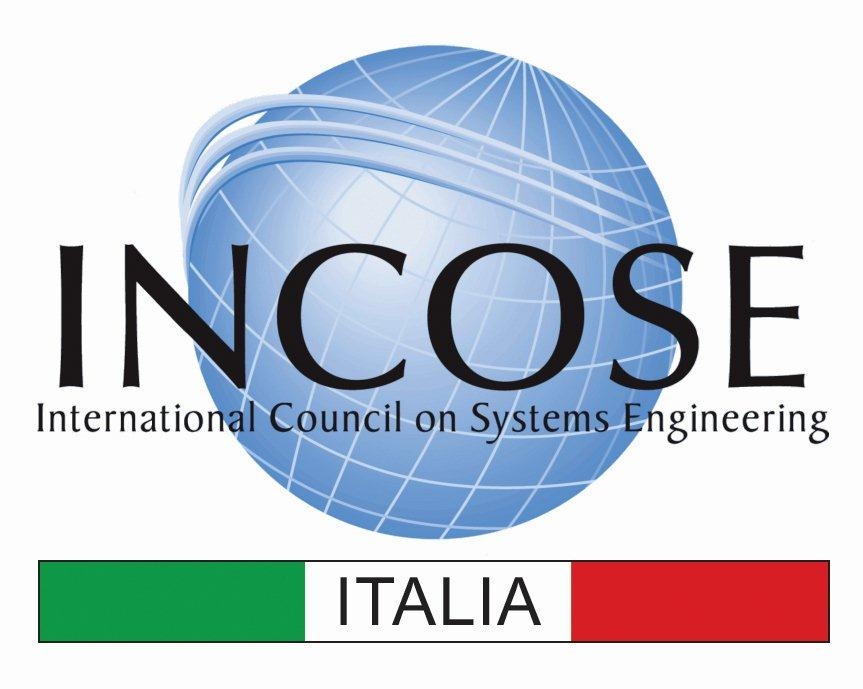Invited Talk
Collaborative Engineering: Solutions and Challenges
in the Development of Space Systems

Dr. Andreas Gerndt
Dept. of Software for Space Systems and Interactive Visualization
Deutschen Zentrums für
Luft- und Raumfahrt (DLR)
(German Aerospace
Center)
Braunschweig, Germany
The planning of future space missions and the
development of new spacecrafts are time-consuming and error-prone processes.
Standard software applications such as Word and Excel and specialized domain
tools like Catia or Matlab/Simulink are of limited use in setting up a
reliable integrated workflow. Moreover, they are not flexible enough to
guide all involved engineers in an appropriate way through all phases of the
design process. The Virtual Satellite software framework, developed at the
German Aerospace Center (DLR), gives special attention exactly to those
problems. One of the modules already available addresses, e.g., the early
spacecraft mission design in concurrent engineering facilities (CEF). Here,
visualization of spacecraft concepts based on very early parameter studies
proved to convey a better common understanding of the overall system. In
later design phases, 3D visualization and virtual reality techniques becomes
indispensable to analyze complex simulation results and to identify
malfunctions of high-dimensional dynamic space systems.
Concurrent engineering is an important approach to
define future space mission requirements. However, it is a human-driven
approach and depends heavily on the expertise of the involved engineers.
Software concepts based on current leading edge research in computer science
to support model-based systems engineering do not only help to shorten
development cycles but also lead to more flexible and robust results
throughout the complete design life-cycle of a spacecraft. Using
domain-specific models, the complete executable prototype can be generated
automatically including test suites. Most important, however, is the
possibility to verify the design data model and the dynamic behavior of the
system with formal methods against predefined requirements. In this talk we
will discuss the challenges outlined above in more detail and present
promising approaches to the improvement of the space mission planning
process.
Dr. Gerndt Short Bio
Dr. Andreas Gerndt is head of the department
"Software for Space Systems and Interactive Visualization" at the
German Aerospace Center (DLR).
Working as a computer scientist in an engineering environment, his research
activities is driven by challenges in interdisciplinary collaborations. He
is primarily interested in software solutions to facilitate insight into
complex behaviors and dynamic simulations by mean of interactive approaches.
This is complemented by the investigation of new model-based methods to
create more robust and fault-tolerant applications in the aerospace domain.
He received his degree in computer science from Technical University,
Darmstadt, Germany in 1993. In the position of a research scientist, he also
worked at the Fraunhofer Institute for Computer Graphics (IGD) in Germany.
Thereafter, he was a software engineer for several companies with focus on
Software Engineering and Computer Graphics. In 1999 he continued his studies
in Virtual Reality and Scientific Visualization at RWTH Aachen University,
Germany, where he received his doctoral degree in computer science. After
two years of interdisciplinary research activities as a post-doctoral fellow
at the University of Louisiana, Lafayette, USA, he returned to Germany in
2008.




